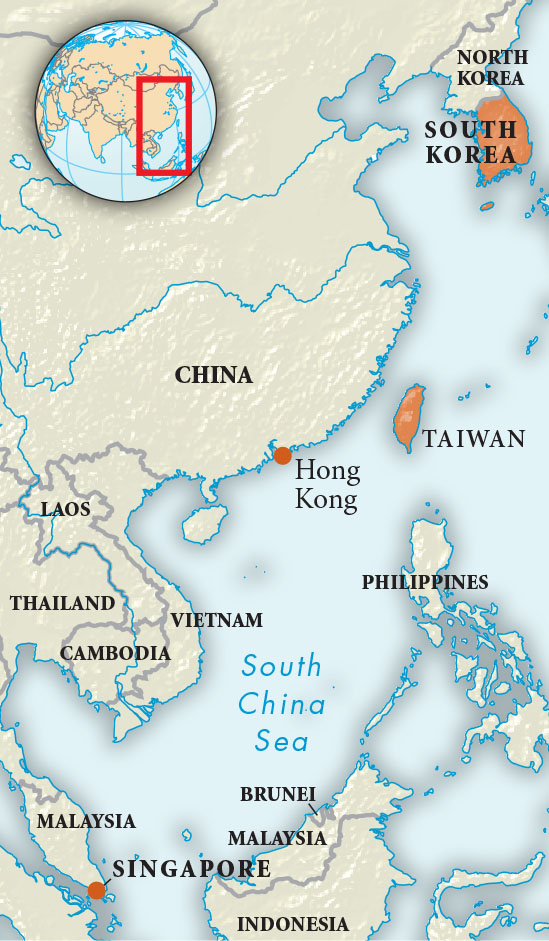A History of World Societies:
Printed Page 1013
A History of World Societies Value
Edition: Printed Page 1026
“Japan, Inc.” and the “Asian Tigers”
Japan’s postwar economic recovery, like Germany’s, proceeded slowly at first. But during the Korean War, the Japanese economy took off and grew with spectacular speed. Japan served as a base for American military operations during the war, and billions of dollars in military contracts and aid poured into the Japanese economy. Between 1950 and 1970 Japan’s economic growth averaged a breathtaking 10 percent a year. By the 1960s Japan had the third-
Japan’s emergence as an economic superpower fascinated outsiders. Many Asians and Africans looked to Japan for the secrets of successful modernization, but some of Japan’s Asian neighbors again feared Japanese exploitation. In the 1970s and 1980s some Americans and Europeans bitterly accused “Japan, Inc.” of an unfair alliance between government and business and urged their own governments to retaliate.
In Japan’s system of managed capitalism, the government protected its industry from foreign competition, decided which industries were important, and then made loans and encouraged mergers to create powerful firms in those industries. The government rewarded large corporations and encouraged them to develop extensive industrial and financial activities. Workers were hired for life, and employees’ social lives revolved around the company. (Discrimination against women remained severe: their wages and job security were strikingly inferior to men’s.) But the 1990s saw Japan’s economy stagnate amid the bursting of a speculative bubble that crippled banks and led to record postwar unemployment as the country faced competition from industrializing neighbors in Asia.

The “Asian Tigers,” named for their economic development, replicated the rapid industrialization that characterized Japan. Both South Korea and Taiwan were underdeveloped countries in the early postwar years — poor, small, agricultural, densely populated, and lacking natural resources. They also had suffered from Japanese imperialism and from destructive civil wars with Communist foes.
They each pursued development through a similar series of reforms. First, land reform allowed small farmers to become competitive producers as well as consumers. Second, governments stimulated business through lending, import barriers, and control of labor. Third, nationalist leaders (Park Chung Hee in South Korea and Jiang Jieshi in Taiwan) maintained stability at the expense of democracy. When Park was assassinated in 1979, South Korea faced an even more authoritarian regime until democracy was established at the end of the 1980s. By the late 1990s South Korea had one of the largest economies in the world, leading in shipbuilding and electronics.
In 1949, after Jiang Jieshi had fled to Taiwan with his Nationalist troops and around 2 million refugees, he re-